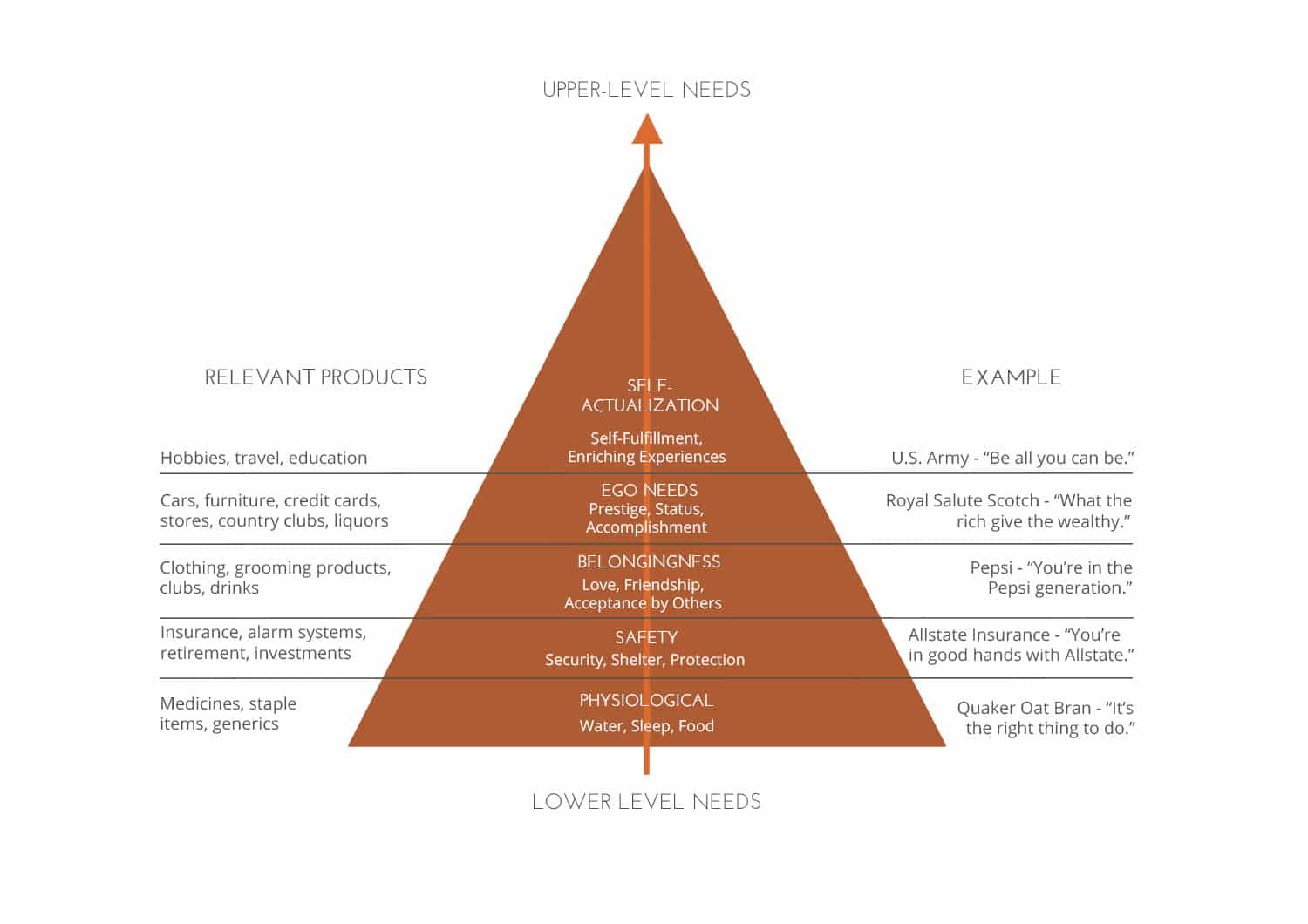Successfully delivering change
SUCCESSFULLY DELIVERING CHANGE

We believe that the best solutions are yet to be discovered and the best outcomes yet to be delivered. That is why we prepare organisations for change and help them implement it. We do this through an intimate understanding of their business, a relentless focus on delivery, the use of techniques that challenge the status quo and bridge traditional disciplines. We provide a range of services to public and private organisations including project and programme management, property consultancy, change management and strategy development and strategic advice. Contact us to discuss a project.
What is the essence of change? Why do individuals change their behaviour? What makes an effective manager of change and what does successful change look like? These are the questions I’ve been asking myself throughout my career and what I’ve attempted to address through this article.
I’m a civil engineer and spent the early years of my career on construction sites as a site engineer and site manager. That environment taught me two important lessons: firstly, how to communicate with people from a huge variety of backgrounds and secondly, how to persuade people to do things I needed them to do that were necessary to achieve a change (often in cases when their contractual obligations to do so were not persuasive enough). Successful change is delivered by and through people.
Since founding Inner Circle Consulting I’ve had the opportunity to work on some amazing projects involving substantial organisational change. From Building Schools for the Future, through to the establishment of Achieving for Children and the creation of the Independent Living initiative for Essex County Council and most recently, our work on the Kent Education Services Company. I’ve distilled my learning from these experiences.

Delivering successful change in 10 key points:
1. Care more than the specialists: In the face of challenge from a specialist that could prohibit progress, don’t try to dismiss it, take ownership of it. Drill down and seek to reach the point where you care more and are more determined to find a positive solution than the specialist. Then it becomes their gift to concede the position.
2. Deliver quickly: Start fast and keep going. Fortnightly meetings with strong agendas, minutes within 24 hours, responses to emails/ calls within hours. It provides a practical yet powerful sign that something has changed. Make sure actions are done between meetings so the group can primarily make decisions to progress.
3. Set the strategic framework: In what strategic framework is the change occurring and what individuals, groups and boards need to be involved in the process? Embrace the bureaucracy and operate within it.
4. Define and document the final state: Early on demonstrate what the end state looks like. This could be anything from organisational structures to how it will appear to the user, and beyond, to company articles/constitutions to expense policies and payslips. Often, it’s the change in tangible products that will cause the most anxiety but that also generates the most buy-in to the change process.
5. Sacrifice your ego: Leading change is not about knowing the right answer; it is about finding the answer that works. Know what you can sacrifice while protecting the core elements that are required to deliver the change.
6. Pursue evidence: If somebody says something as though it is a fact, pursue the evidence to support it. Solution design based on inaccurate or inappropriate data will unravel.
7. Recognise the impact of Maslow: Don’t expect to have meaningful conversations about achieving one’s potential with someone who is uncertain if their job will exist in the future. Provide as much clarity as possible about what will not change about the employees’ future and the elements that may.

8. Describe change that can be touched: Choose examples that affect people on a day-to-day basis. For example, if in a corporate environment show them how many meetings can be removed in the future state and therefore how much time they will have to spend on doing things differently. When dealing with a community don’t get hung up on big brands but take time to describe how the change will look and feel and listen carefully to their feedback.
9. Use existing resources (people, processes and governance): Don’t create any unnecessary additional burden. Change occurs at the same time as the day job so make efficient use of people’s time by using existing people, processes and meetings. Change invariably needs centralised coordination, but the true leadership must be dispersed throughout the organisation if it is to truly stick.
10. Champion optimism: Leadership means being the champion of optimism. It will happen, those barriers will be overcome. This is infinitely easier if the final state has been defined early on.
If you are an organisation going through change or need to get change delivered quickly, follow our points and successful change should happen.


